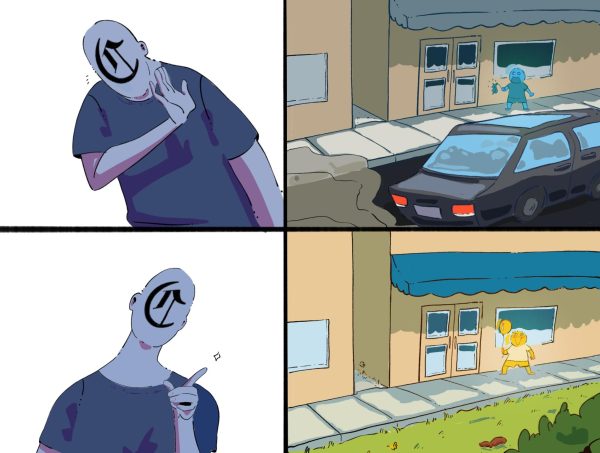Paly should incorporate more AP course options
Palo Alto High School is held in high regard for the education it provides to its students. The key to this extensive education lies in the diversity of subject matter offered and the intensity of each course. Both aspects are illustrated by the number of Advanced Placement (AP) courses in the curriculum. Of the 34 total AP courses offered by the College Board, Paly provides 19 — a large number even for a private school, let alone a public school.
In almost every core subject at Paly, there are multiple honors and AP options. However, in the Social Science department at Paly, there are no honors classes and only three AP classes: AP United States History, AP Psychology and AP Macroeconomics. The Campanile believes that the administration should offer more honors and AP classes in the history and social science fields in order to offer more students more options at different levels.
The ability of students to take charge of their educations is hindered by the lack of availability of certain courses. Three courses in particular would be relevant to many Paly students and yet are not currently provided: AP Microeconomics, AP United States Government and Politics and AP World History.
Given that Palo Alto Unified School District (PAUSD) has already made many attempts to align the curriculum of Paly with that of Henry M. Gunn High School (Gunn), establishing AP Microeconomics at Paly would be both beneficial and relatively easy, as Gunn already provides the course. AP Macroeconomics is currently one of the most popular AP classes at Paly, with 167 students having taken it in the 2013-2014 school year, indicating there would be interest in an AP Microeconomics class, if it were available at Paly.
Freshmen and sophomores are currently required to take World History, Contemporary World History and United States Government, respectively. In math, science and English, students are laned into classes that offer different pacing and intensity from as early as their freshman or sophomore year. There is no reason for social studies to be any different. Just as freshmen and sophomores are able to take AP courses in math, science and English, social studies should conform to this standard. There are several economics teachers without full schedules of classes, as well as teachers in World History and United States Government and Politics who could teach the AP version of these courses.
Within PAUSD, there is an effort to decrease stress among students. Some people say that can be done by decreasing the rigor of students’ course loads — reducing the number of AP classes they take, for example.
Principal Kim Diorio believes that this is not the right approach to take.
“Rigor is not homework and load, and that’s a common misperception for teachers parents and students. It’s [actually] complex, deeper levels of understanding,” Diorio said.
A better approach would be to have AP classes that implement more projects and research instead of just lectures, extensive homework and regurgitation on tests. This focus would require students to work in groups and gain a deeper understanding of their subject matter, as they would be researching certain aspects in greater depth. As Paly has successfully implemented the Science Research Project, it is apparent that the district has acknowledged the success of in-depth, independent learning.
As for limiting the number of APs that students can take, offering more AP classes does not mean a given student would take more APs.
Instead, it would allow students to take AP’s that actually interest them, instead of taking classes just for the AP credit.
“I feel like if the district’s going to limit AP’s, we should open up more options so that if you can only take two, you’re at least taking two in the areas you love,” Diorio said. “You’re not taking [AP] Bio and [AP] Chem knowing that you’re going to be a Political Science major. That doesn’t make any sense.”
Your donation will support the student journalists of Palo Alto High School's newspaper









